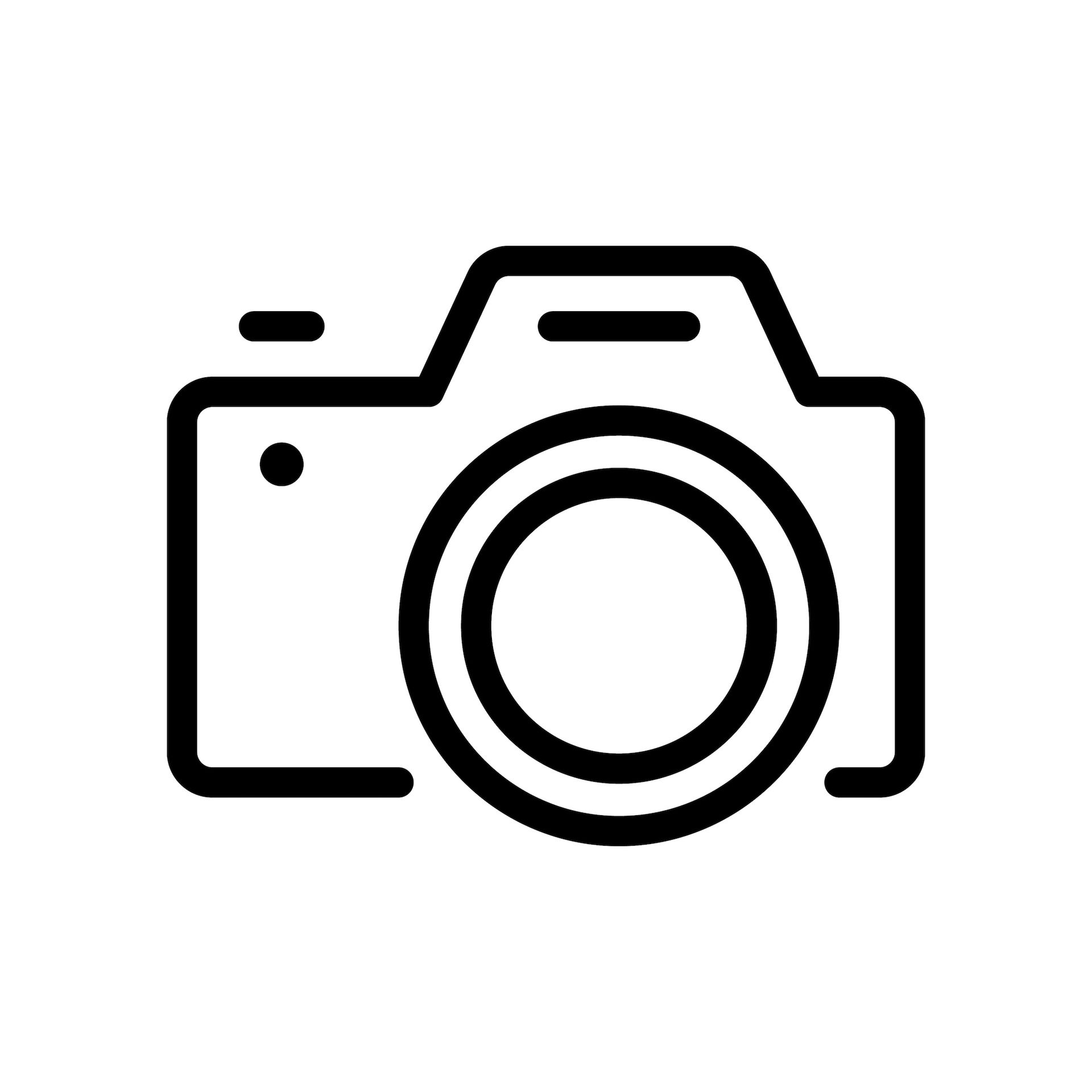DREYMANN
Temple du Musée Brussels
Organ details
History
THE ORGAN OF TEMPLE DU MUSÉE IN BRUSSELS
BUILT BY BERNHARD DREYMANN, 1840
RESTORED BY PATRICK COLLON, 1971 & 2007
It is in May 1760 that Prince Charles of Lorraine laid the foundation stone of the private chapel of the ‘Palais de Lorraine in Brussels’, known today as the ‘Église protestante de Bruxelles-Musée’. With its aisles surmounted by a gallery, the building erected according to the drawings of architect Jean Faulte. It reminds us of the chapel of the castle at Versailles, but its details are actually identical to that of Lunéville, in Lorraine, unfortunately burnt down on January 2, 2003.
In 1803, Napoleon designated the edifice to the reformed community and the Belgian state recognized the church in 1830, under the denomination: ‘Église protestante de Bruxelles’ (protestant church of Brussels). The first king of the Belgians, Léopold I, who was a Lutheran, made it his Royal Chapel, and regularly attended Sunday service there, as the princes of Orange-Nassau had done during the United Low Countries regime (1815-1830).
The original decoration by Jean Faulte was replaced in 1890 by a remarkable ensemble (ironmongery balustrades, stucco, painting and medallions) in eighteenth century style, designed by a young protestant architect, Henri van Dievoet.
The temple was restored in 1970 and 1987. It still houses the services of the ‘Protestant Church of Brussels’ as well as numerous cultural activities.
THE ORGAN of the temple was ordered in February 1840 from the organ builder Bernhard Dreymann, of Mainz. Its construction was extremely swift, since the instrument reached Brussels in the first days of December of the same year, and the dedication concert took place on January 9, 1841. An appreciatory report was then signed by the first director of the Brussel's Royal Conservatory and musical director of the King's Chapel, François-Joseph Fétis. No doubt Fétis had played a major role in Dreymann's coming to Brussels: He was very anxious to bring the German tradition to Belgium, not only in organ building but also in the performance of organ music. After electing a German organist, Christian Friedrich Girschner (1794-1860), as the first professor of organ in his school, he sent one of his first laureates, the young Belgian Jacques Nicolas Lemmens, to Breslau, in order to study with Adolf Friedrich Hesse. Named as the first organist of the Dreymann organ of the ‘Temple du Musée’ as early as October 1840 (thus before even the arrival of the instrument), Girschner kept this position until 1849, when he was the victim of a slander campaign built up against him by Fétis, who succeeded in replacing him as professor of organ by Lemmens…
Five years after completing the organ of the ‘Temple du Musée’, Dreymann built a remarkable instrument (II-P/29), for the Brussels church of ‘Notre-Dame aux Riches Claires’. It was fully restored by Georg Westenfelder in 1985 but on June 15, 1989, it was lost when the church was burnt down. In the first of his two Brussels instruments, Dreymann wanders away from his usual post-classical style and follows the movement initiated by Walcker at the ‘Pauluskirche’ of Frankfurt (1833) towards a new aesthetic. In the Brussels temple, this dawning romanticism reveals itself in the abundance of foundation stops, the absence of mutations and mixtures, and the search for a contrasted balance between the different departments of the organ. It is obvious that in 1841 (precisely the year when Cavaillé-Coll revolutionary instrument of Saint-Denis shook up the French organ scene), the Brussels Dreymann organ was an absolute novelty, particularly because of its free reads registers (Posaune et Aeoline; it has alas been impossible to rebuild this last stop) and its Cornet, divided in bass and treble, replacing the Mixture.
After the historical dedication of the Callinet organ at Saint-Eustache on June 19, 1844, when Adolf Friedrich Hesse, introduced the Parisian audience to Bach's Toccata in F, the German organist went back to Breslau, travelling through Brussels, where he gave a concert at the ‘Temple du Musée’. And it is on this instrument that the yearly examination of the organ class of the Conservatory took place, on November 13, 1844. Finally, it seems that Charles-Marie Widor and Alexandre Guilmant, who both came to Brussels to study with Lemmens on Cavaillé-Coll's advice, often practiced and had their lessons on the Dreymann organ.
The organ of the ‘Temple du Musée’ was restored, in 1971 and in 2007, by the ‘Manufacture d'Orgues de Bruxelles’ managed by Patrick Collon. It is without any doubt the most important evidence of Dreymann's art, since none of his instruments has been integrally kept in his own country.
Multimedia library
Specification
| I. Hauptmanual C–g3 | II. Kleinmanual C–g3 | Pedal C–c1 | |||
| Bourdon 16 Prinzipal 8 Grossgedact 8 Viola da Gamba 8 Octava 4 Waldflöte 2 Cornet III Bass Cornet IV Discant | Salicional 8 Floete 8 Spitzfloete 8 Floete 4 Flageolet 2 (Æoline 8) | Sub-Bass 16 Prinzipal Bass 8 Posaune-Bass 16 | Coppel zum Maunal, Coppel zum Pedal, Ventilzug. | ||

